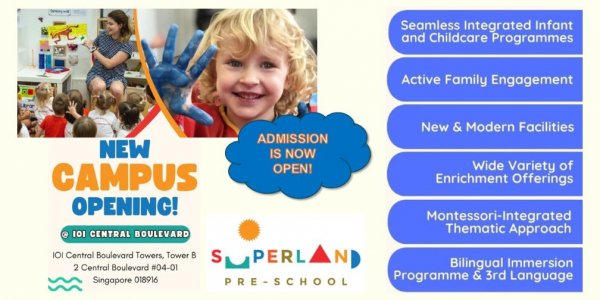A Brief History
The Waldorf Steiner approach is developed by the Austrian philosopher Rudolf Steiner and opened its first school in 1919 to serve the children of the employees of the Waldorf-Astoria Cigarette Company, hence it is where the “Waldorf” name came from. Political interventions from both the Nazi and communist regime in Europe limited the proliferation of the approach and it only caught on in the 1990s after the dissolution of the Soviet Union.
The Waldorf Perspective
The Waldorf approach considers human beings as consisting of a transient body, a developing soul, and an eternal spirit, and that each of us is a reincarnating individual who has come from and is destined to return to a spiritual world. The philosophy underlying such a view is known as “anthroposophy”. Waldorf pedagogical theory considers that during the first years of life, children learn best by being immersed in an environment they can learn through imitation of practical activities performed by adults (e.g. role-playing as a cook). Exposure to electronics media, such as TV and computers are discouraged as it will cause children to be physically inactive and expose children to undesirable content. Formal instructions in academic disciplines are not introduced until elementary school as Steiner believes that abstract learning will adversely affect a child’s growth and development. It is noteworthy that the Waldorf approach usually extends all the way from pre-school to secondary school in western countries, but this is rare in Singapore.
The Waldorf Classroom
- Little or no academic (e.g. reading, writing, science, and mathematics) will be involved in the curriculum. Perhaps this is the main reason why this approach find it hard to catch on in Singapore.
- The role of imagination in learning is emphasized through activities such as imaginative play.
- The schedule of Waldorf pre-schools will be based around a regular daily routine intended to emphasize rhythms inherent to daily, weekly, monthly, and seasonal cycles.
- Lessons will not be conducted using electronic media like TV or computers
- Class teachers are normally expected to teach a group of children for several years as they play a mother-like figure to the children under her charge.
How Does This Benefit My Child?
- Proponents of the Waldorf approach purport that the curriculum is age-appropriate as studies have shown that pre-school children are not capable of processing words and mathematical concepts.
- Zero-tolerance towards media also meant that children will not be exposed to undesirable content directly, as well as indirectly through interaction with his/her classmates. It also prevent the stifling of creativity in your child.
We hope that the article will be able to help you understand a little bit more about the Waldorf approach. However, do note that there is an on-going debate on the merit of the Waldorf approach and you are encouraged to do further research on this issue.
LATEST HAPPENINGS

HOLIDAY PROGRAMME : Learn to Read and Spell 100+ Words in 3 Sessions!
27th Oct 01:00 PM ~ 17th Dec 02:30 PMGRAPES ENRICHMENT CENTRE Read More

The British Council's English Nov/Dec 2025 Holiday Camps
24th Nov 09:00 AM ~ 19th Dec 04:00 PMNapier Road Centre Read More

Open House | Kinderland Academy & Preschool
5th Dec 04:25 PM ~ 26th Dec 01:00 PMKinderland Academy @ Yio Chu Kang Read More

New Campus - Superland Pre-School Central Boulevard - ADMISSION IS NOW OPEN!
11th Feb 12:00 AM ~ 31st Dec 12:00 AMIOI Central Boulevard Towers Read More

in:genius Open House
18th Oct 10:00 AM ~ 31st Dec 02:00 PMin:genius Student Care @ Bukit Merah Read More

Admission is NOW OPEN!
3rd Feb 09:05 AM ~ 31st Dec 05:00 PMHaven Schoolhouse @Bedok North Read More

InnoSage Online Chinese Immersion Programme
9th Aug, 2023 05:00 AM ~ 6th Dec, 2031 10:00 PMRead More
FIND A PRESCHOOL NEAR YOU
Type in your place’s postal code, click search and
See all Preschools near your place.
GET REAL TIME UPDATES
On Events And Offers From Childcare Centres Near You
Spend your time playing with your children instead of searching the web for the right preschool.
Leave Your Preschool Hunting Job to Us



